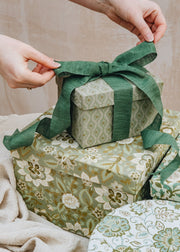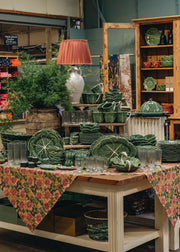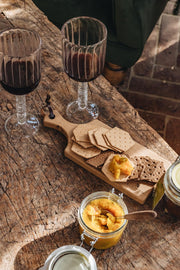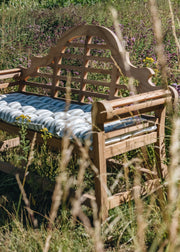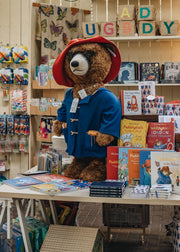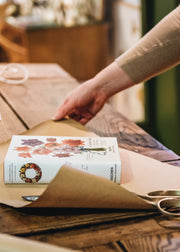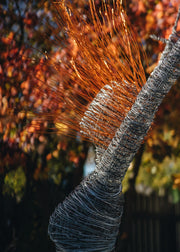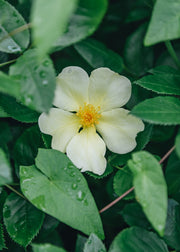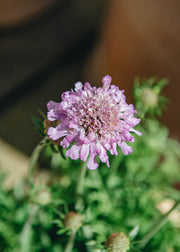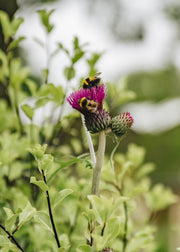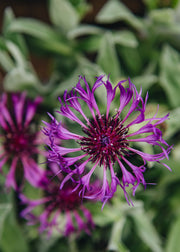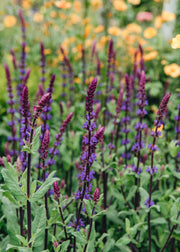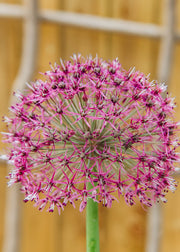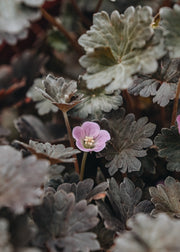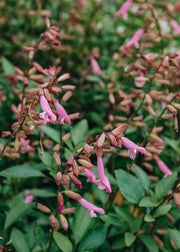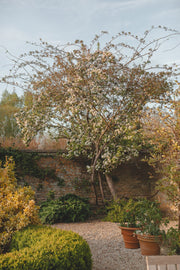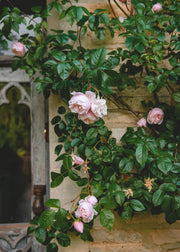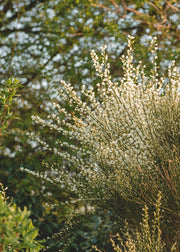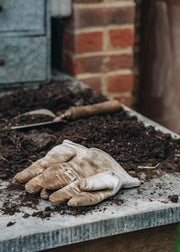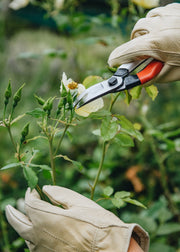Planting for Pollinators: Early Summer
No Mow May is good for drawing pollinators to the garden in early spring, but the idea of gardening throughout the year to attract the birds and the bees is equally fulfilling. It doesn’t take much to improve the ecology of any garden and the effect is so gratifying. On a sunny morning when you hear the drone of worker bees buzzing from flower to flower, or in the early evening when the swifts shriek as they spiral overhead catching insects, all feels well with the world.

Typical planting schemes in Wildflower or Cottage Gardens are perhaps the most successful in attracting native pollinators because the plants are either native to the UK or at least close to their original form. Such plants are glorious to look at and irresistible to bees. Digitalis (Foxgloves), Astrantia (Masterwort) and Pulmonaria (Lungwort) originated in dappled British woodland, Scabiosa, Centaurea (Cornflowers) and Cirsium (ornamental Thistles) from sun-drenched meadows.
Open roses, allowing bees easy access, mimic Dog Roses from the hedgerow, where you would also find native Cranesbill, which is revisited in all forms of modern Geranium.
Pollinator friendly plants
Flowers from further afield can also play a huge role. Mediterranean plants are compelling - picture a Lavender or Rosemary hedge in full bloom and it automatically comes with a matching image of bees working on it. Decorative spikes of Salvia are alluring, as are Alliums, thought to have originated in the Near East but irresistible to our native pollinators.
Planting for pollinators creates a beautiful, natural garden for you and yours, but the beneficial impact is far reaching and long lasting.
